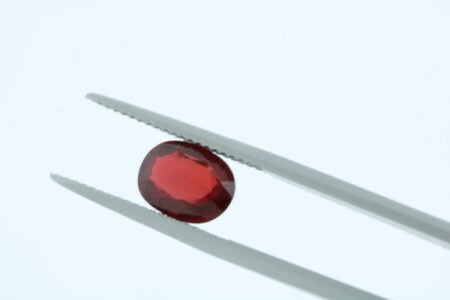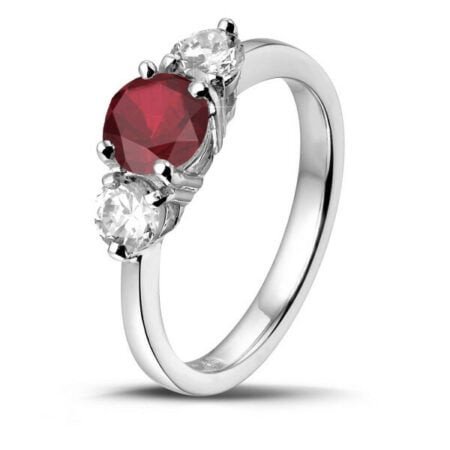- Why invest in precious stones?
- What is the difference between rubies and red diamonds?
- Which is the better investment: rubies or diamonds?
- BNT Diamonds as an investment partner
Rubies can win hearts and earn a place in investment portfolios, and with good reason. Rubies are the rarest and most valuable gemstone in the world, after diamonds. Consequently, rubies of excellent quality are highly sought after by collectors and private buyers alike. The price commanded by a rare, high-quality ruby may even end up being higher than that of diamonds. Individuals who want to invest in a red-coloured gemstone may also wish to consider a red diamond. In this article, we tell you more about choosing rubies or diamonds as a strategic and profitable investment.




